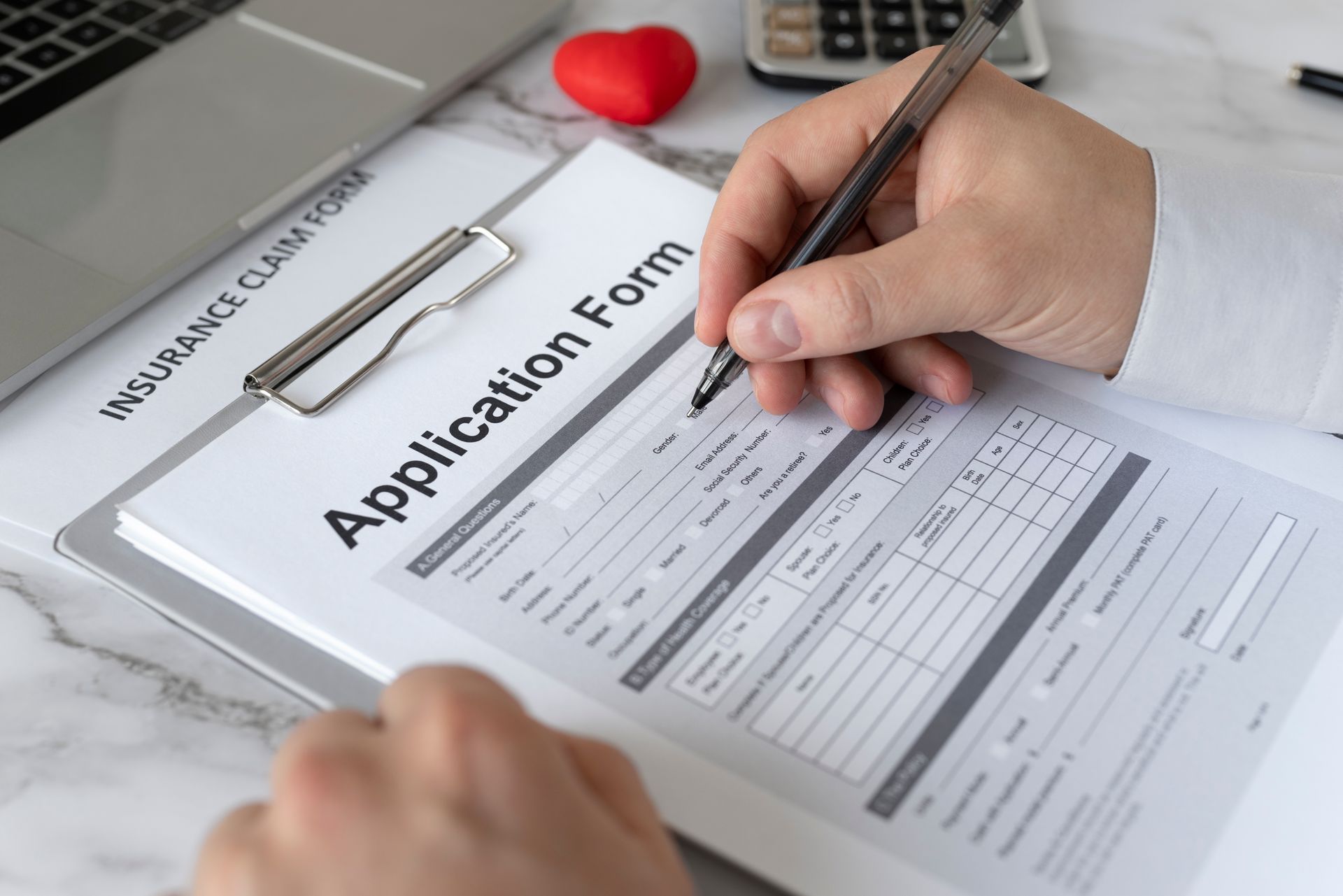Basic Guide – How to Prove Common-law Partnership for Canadian Sponsorship

How do you prove you are common law for a common-law sponsorship application?
Common-law relationships are different than marriages because often you cannot point to one specific day when you joined your lives together. It usually happens gradually that you are spending more and more time in one house together and then one day you decide that it makes no sense to keep paying for two separate places. Eventually, over time, you may decide to open joint bank accounts or start listing both names on utilities or insurance – but again, this usually happens incrementally and doesn’t suddenly change in one day like it does when you get married. Eventually, you come to be considered common law partners.
How do you prove a common law relationship for Canada immigration?
Proving a common-law relationship in an immigration application can be challenging for that reason. As your relationship was developing, you likely weren’t thinking about immigration requirements and you may not have created the intentional paper trail that you now understand you need in order to sponsor your partner.
Canada immigration recognizes common law partners that have lived together in a genuine marriage- like relationship for at least 12 months continuously, and who have combined their lives in a way that resembles a marriage-like relationship. You have to be able to prove your common law relationship in 4 main areas – you share an address, you share financial responsibility for your lives, you have a public relationship and you are emotionally dependent on each other.
Applicants often think that if they don't have a joint lease or haven't filed as common law in their tax returns, that they can't qualify for a sponsorship. This is incorrect, as there can be many different ways to prove the relationship with your common law partner.
Common Law Partner Canada Requirements
Proof of same address for Common Law Partners
The good news is that if you have actually lived together, you will have some kind of a paper trail, whether you have done all of the common address changes or not. It’s virtually impossible to function in society today without using your address in some form or another. You might just have to get more creative than the IRCC common-law partner sponsorship document checklist.
You also need to keep in mind that there are two tests for this factor. Do you have the same address and have you had the same address for more than 1 year? In any kind of documentation you provide regarding your address, ensure that you are providing a timeframe that shows at least 12 consecutive months.
Obviously, a residential property rental agreement with both names is an ideal document to demonstrate a shared address; however, if you don’t have a lease, you can also get a letter from your landlord, your roommates, or your neighbours. Somebody, somewhere knows where you live.
Other creative proof of address might include tax documents, invoices for online purchases, joint utility accounts, government issued documents like driver's licenses, prescription records or concert tickets. Over the years, our office has compiled an enormous list of the different types of documents one could collect to demonstrate proof of same address for common law partners. If you are having difficulty getting your own proof of common law relationship together, you might want to book an immigration consult with us and we can help you brainstorm.
Shared financial responsibility
One key aspect of a common law relationship is shared financial responsibilities and financial support. Even if you haven’t set up a joint bank account, there are ways to demonstrate that you share financial responsibility for your lives and provide financial support to each other. Ask yourself, “How do we pay for our lives”? Maybe you e-transfer funds back and forth – there’s a record of that. Or perhaps you each pay for different parts of your household expenditures – one pays rent and one pays groceries. Provide a detailed written explanation with your application and include receipts to prove it, or use one of the apps that is available to track household expenditures evidence. If you do have joint bank accounts or joint credit card accounts, make sure that you are using them. Also ensure that you have added your common law partner to any insurance benefits that may be available for common law partnerships, and include evidence that your insurance company considers them your partner.
Public relationship
It’s important that you demonstrate that your common law relationship is public in the photos that you choose to submit with your application, with letters from friends and family, and with print outs from your social media accounts. Don’t just submit a bunch of photos of the two of you. It’s very important to include pics that show you together with other people – like family occasions, as well as holidays or work gatherings. Likewise, for your social media printouts – ensure that you include the comments received from friends and family in response to the post that you made. Historical social media conversations can serve as terrific evidence of a genuine relationship for your sponsorship application.
Emotional dependence
Emotional dependence on one another is an aspect of a genuine relationship that may be demonstrated through your photos or social media – are you together at important events in each other’s lives? If you’re not into photographing every single life event, consider writing a detailed written explanation of your relationship that includes a description of the way that you support each other emotionally – how do your personalities work together?
Letters from your friends and family can serve both as evidence of a public relationship but also proof of your emotional dependence on one another. Instruct your friends or family to use this opportunity to give the visa office a glimpse of how you function together in your common law relationship - who takes responsibility for which aspects of the household, how do your personalities work together, how do you both interact with each other's families? The letters should enable to visa officer to get to know both of you, and not simply state that you have a genuine relationship and that the write supports your application for permanent residence.
Affidavit of Common Law Relationship in Canada
A completed statutory declaration form is not listed as required on the IRCC common law partner document checklist, but our office makes a point to include it with every application for permanent residence as a sponsored common law partner. The Statutory Declaration of Common Law form is considered to hold the same evidentiary weight as a sworn statement in a court of law, so it's important to complete it properly before including it in your application.
Evidence of Common Law for Immigration Canada
By far, the most common reason for refusal of a sponsorship in the common law partner class in Canada is lack of documentary evidence to demonstrate that the relationship meets the immigration definition of a common law union. It's not enough to simply prove the points listed above - you must prove that each of those aspects of your relationship has existed for more than 12 months consecutively in order to be legally recognized as common law partners in Canada.
The Way Immigration has more than a decade of experience in handling common-law partner sponsorship applications successfully. Contact our Alberta immigration office for an appointment to ensure that your common-law partner sponsorship application will be successful, the first time.











